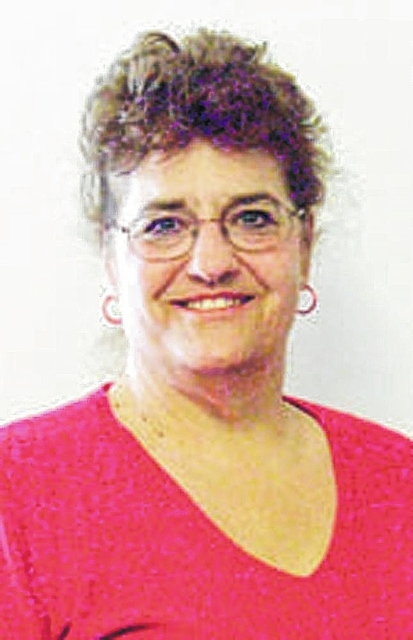
More rain … None of us want to hear that, but the good news is that we didn’t get as much as some areas when the rains came through last week. On our CORN Call last week, there were reports from north of here of 10 inches-plus! Supposedly, it’s been even worse this week in the western part of the Corn Belt than here, also.
Nope, that really doesn’t help anything, other than letting us realize that we’re not alone. When it comes to farming, a lot depends on the weather – and I’ve never met or heard of anyone that could control that!
So, are you ready to go? Got all that equipment hooked up, set up, calibrated, and ready to hit the fields? Good! Now, how about a phone call to your neighbors and invite them over for a cup of coffee and maybe some cookies? It’s time to just sit and talk! Complain. Brag. Compare notes. Share family stories. Whatever!
One of the problems with our modern ag world is that we don’t work together like we used to. Remember stories of neighbors helping each other to harvest grain? Of “butcherin’ time” when families and neighbors all joined together to slaughter cattle and hogs for food for the winter? Even makin’ hay …
Yes, it was a bit slower world back then. Folks didn’t have the large number of acres to deal with that seems to be the “norm” now, and they didn’t have all the fancy tools that we have to do all that “physical work.” But, that “working together,” that “helping out,” that just “being there” helped to show each other that they weren’t alone; that others were dealing with the same things; that people cared.
Yes, depression is a word no one wants to think about. But, we all get a bit “down” now and then, and isolation can be one of the biggest culprits! Yep, we think we’re the only ones dealing with this: that no one else knows how we feel, what we’re going through. If you don’t have others to talk to, that idea, that thought, that overwhelming sense of being alone can take over and start a downward spiral …
Maybe it’s time to reach out, to make a conscious effort to get together with the neighbors who’re experiencing some of the same things you are … just to talk and realize you’re not alone … and neither are they! Can you be that turning point?
On Saturday, June 15, the Miami County Master Gardeners will be hosting an “In the Garden Seminar” from 9 a.m. to 2 p.m. This will be held in the Bravo Room at Hobart Arena in Troy.
Some of the topics to be covered include diversifying your landscape, conifers for today’s gardens, encouraging the support of pollinators, and new annuals. Speakers include Bob Iiames with the Miami Valley Hosta Society, Master Gardener State Coordinator Pam Bennett, and Catherine Zimmerman with The Meadow Project.
The cost is $40 per person which include a continental breakfast, lunch, refreshments, handouts, and door prizes. The deadline to register is next Friday, May 31st. The flyer and registration can be found at go.osu.edu/inthegarden.
I’m seeing a lot of Cressleaf Groundsel in some fields. Cressleaf groundsel can be identified by its hollow and grooved stem with a purplish color, and yellow sunflower-type flowers. To be sure, it doesn’t appear to be as wide-spread as last year, but I’ve seen some areas that are completely yellow … Beautiful – at least from a distance, but – depending on the crop, these could be dangerous situations!
The BIG problem is if it’s growing in hay fields or even wheat fields that will have the straw harvested. The leaves, stems, flowers, and seeds contain a type of alkaloid that can cause liver damage if eaten by livestock. Normally, critters will avoid eating this plant, but they could accidentally ingest dried plants or plant parts if they are in harvested hay or straw.
Historically, no confirmed cases of poisoning by this plant have been reported by the ODA’s Animal Disease Diagnostic Laboratory, although liver lesions suggestive of this poisoning have been observed. Although the presence of the occasional plant in a hay or wheat field is probably not cause for concern, producers are advised to avoid harvesting areas of the field that have high concentrations of the plants.
I will have an article for next week, but that will be my final report as an ANR Educator. I will be retiring at the end of the month.


